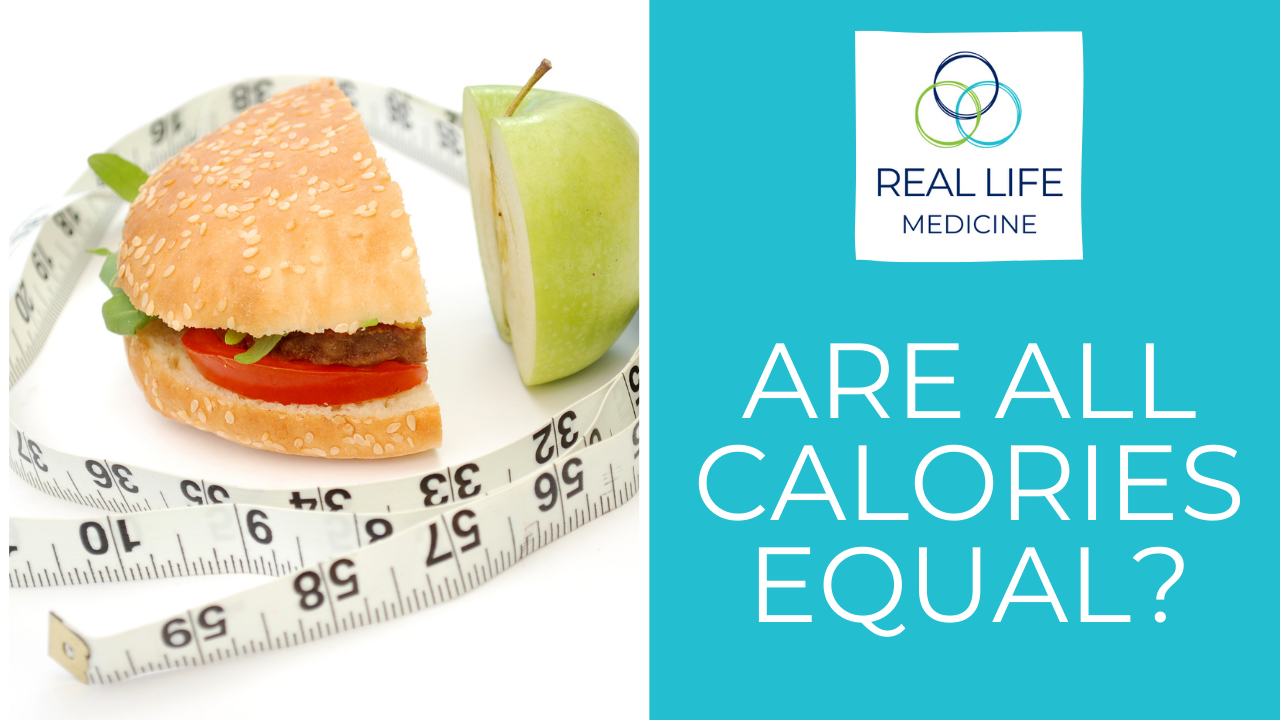Following on from a previous blog post on how calorie counting forms the backbone of the diet industry, I wanted to talk about the quality of calories.
As I mentioned, a calorie is a unit of energy.
Why we use that as a measure of what we need to eat is beyond me?!
In weight loss circles people talk about VLCD (very-low-calorie diets).
No one talks about a nutrient-dense diet (NDD) an acronym I’ve just coined.
Why not?? Shouldn’t this be the focus of food?
Our food is made up of macronutrients- fat, protein and carbohydrates as well as micronutrients- vitamins and minerals.
We need the right balance of micro and macronutrients for good health, for satiety (fullness) and for energy.
Both macro and micronutrients play an essential role in all our bodily processes.
We can get these from food. Whole food. Not processed food.
Sadly the dietary guidelines over the past 50 years have not helped us. Australians have been diligently following the low-fat message. Everyone is aware of cholesterol. It is the number one question I am asked. “How’s my cholesterol?” Statements like “I can’t eat eggs, I’m worried about my cholesterol” or “I’ve cut out cheese because of my cholesterol” are uttered day in day out.
Here’s the thing, nobody is talking about nutrients. Nobody is saying “I’m eating more brazil nuts to increase my selenium.” or “I’m having eggs to give my body the vital choline it needs.”
Food that contains everything we need without the need for supplements.
When I went to Weight Watchers many moons ago the point system was in. Basically, I ate whatever I wanted as long as it was in my points. I had no understanding of macronutrients or micronutrients. All I knew was that fat was bad and as long as I stuck to my points I would lose weight. I ate diet yoghurt, which tasted disgusting but I ate it because it was going to make me thin. I ate diet chocolate mousse, which tasted ok but was like inhaling chocolate air. It left me unsatisfied, wanting more and more. I ate calorie-controlled frozen meals. I diligently weighed and measured everything. I ate 3 meals and 3 snacks. Kept to my 1500 calories. I lost weight but I was tired, irritable and hungry. It was not sustainable. I ate low calorie, nutrient deficient, processed food. I lost weight but was I healthy? I think not.

Using the calorie counting method, a TimTam is similar to an egg. An egg a bit less.
Nine TimTams has approximately the same caloric value as twelve eggs.
Now I can tell you eating 9 TimTams is pretty easy.
And for my 855 calories worth of TimTams, I get
7.2g of protein
44g of Fat
106 g of carbs
For my 888 calories of eggs I get
67.6 g of Protein
62g of Fat
8.4 g of carbs

But the real kicker is that you are unlikely to be able to eat 12 eggs because protein and fat are so filling.
Nine TimTams pretty easy (I know I’ve done it…many times) in fact, I’d probably finish the packet off-so let’s call it 11 TimTams.
Twelve eggs not so easy.
And do you know what, we haven’t even started comparing the micronutrient profile or the ingredient list? This is purely looking at the macronutrients and the satiety factor.
How long do you think it will be until you’re hungry again?
Not very long if you’ve eaten the TimTams. In fact, you are likely to experience a high blood glucose reading and then a crash. With that crash comes nausea, shakes and hunger-ravenous hunger.
Meanwhile, the egg-eater is completely satiated for hour and hours.
So you tell me. Are all calories equal?
Take care wonderful humans
Lucy and Mary
Dr Lucy Burns and Dr Mary Barson


